Two celebrated works evince the perfectly complementing styles of nycb’s founding choreographers.
Ever since its 1969 premiere, Jerome Robbins’ expansive masterwork Dances at a Gathering has held a special place in the repertory. Set to a suite of Chopin’s piano works, the ballet, performed on a bare stage, is a pure dance depiction of the romantic, comic, and communal interactions between the performers onstage, who, while not specifically characterized, express aspects of their personalities and spirituality through classical steps occasionally inflected with folk influences. The ballet is joined by another deeply romantic work: Balanchine’s Brahms-Schoenberg Quartet is, as the title suggests, a four-movement ballet that vividly evokes the elegance of the Austro-Hungarian empire, with Schoenberg’s orchestrations of Brahms’s music adding a subtle veneer of modernity.
The quintessential piano ballet, Dances at a Gathering distills the spectrum of human interaction into the most natural of movements, a landmark for its invention, virtuosity, and constantly shifting emotions.
Dances at a Gathering, which premiered in 1969, heralded Jerome Robbins’ return to New York City Ballet after a 13-year absence. Inspired by Chopin’s piano music, Robbins quickly began choreographing in the rehearsal studio. When he showed 25 minutes of choreography to Balanchine, he said, “Make more, make it like popcorn,” pretending to pop popcorn into his mouth. The work eventually expanded to an hour in length with a cast of ten dancers.
Chopin’s mazurkas, waltzes, and études, groundbreaking at the time of their composition, are rooted in the Slavic character of his Polish homeland, yet still convey the elegance of Paris, where they were created. Robbins ultimately used 18 of Chopin’s piano pieces, creating dances for various duets, solos, and larger groupings.
“The ballet stays and exists in the time of the music and its work,” wrote Robbins. “Nothing is out of it, I believe; all gestures and moods, steps, etc. are part of the fabric of the music’s time and its meaning to me.”
A sweeping romantic work for 55 dancers, the Austro-Hungarian-inflected Brahms-Schoenberg Quartet ends in an intoxicating finale.
Johannes Brahms’ Piano Quartet in G minor, Op. 25 (1861) marked a new development in chamber music. Though it received mixed reviews at the time of its premiere, it proved to be deeply influential for a number of 20th-century composers, laying the groundwork for atonality. Among the work’s admirers was Brahms’ great Viennese successor, Arnold Schoenberg, who in 1937 arranged the quartet for orchestra. In a letter to Dr. Alfred Frankenstein, the distinguished critic and musicologist of the San Francisco Chronicle, Schoenberg gives his reasons for this somewhat surprising undertaking: “1. I love the piece. 2. It is seldom played. 3. It is always very badly played, as the better the pianist, the louder he plays, and one hears nothing of the strings. I wanted for once to hear everything, and this I have achieved.” Balanchine often visited Stravinsky in Hollywood, and the composer would make suggestions of unfamiliar scores that might be suitable for ballet. In 1957, he played Balanchine a version of the Gounod Symphony, which the choreographer set the following year. In 1964, similarly, came the suggestion of Schoenberg’s orchestration of Brahms’ quartet, and Balanchine premiered the ballet in 1966, two years after NYCB’s move from City Center to the New York State Theater at Lincoln Center.
Music:
Piano Quartet No. 1 in G minor, Op. 25 (1861), orchestrated by Arnold Schoenberg (1937)


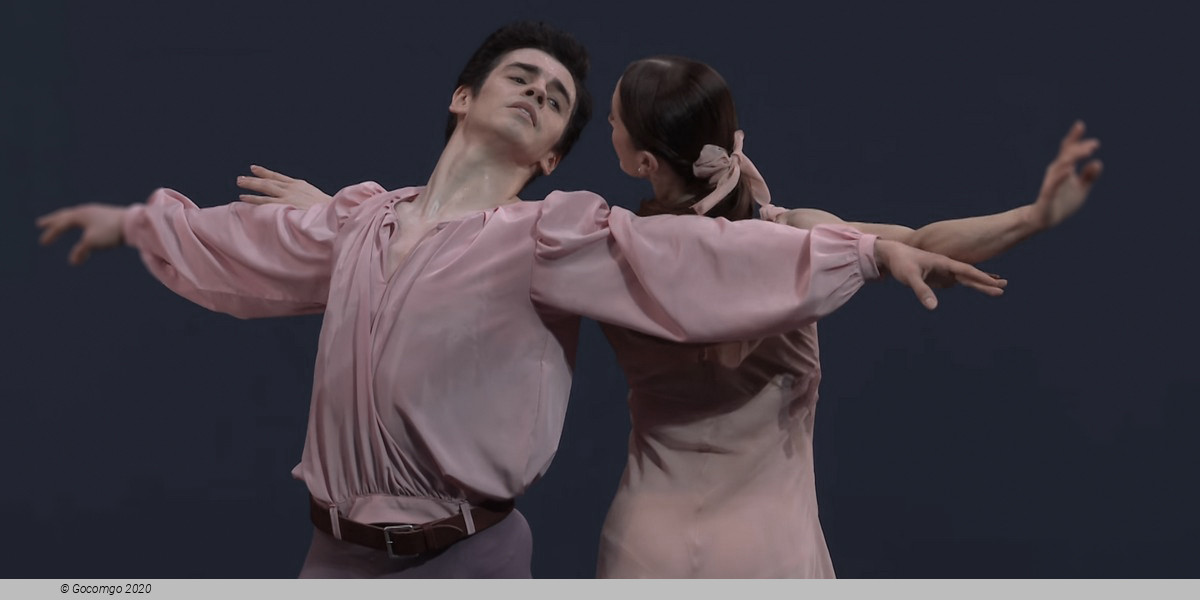
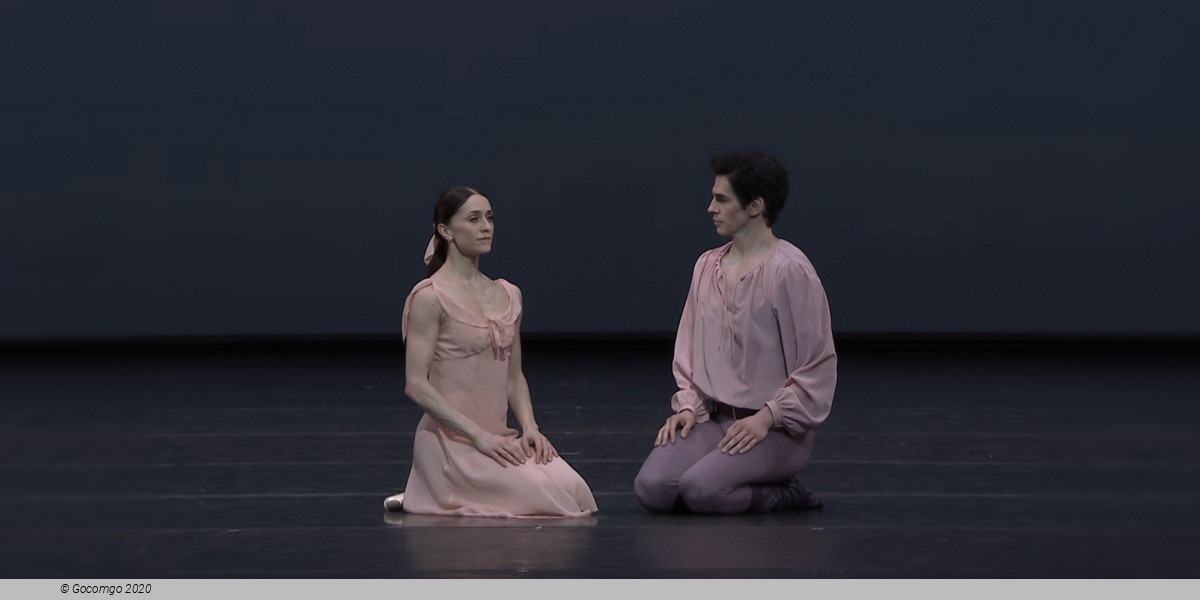
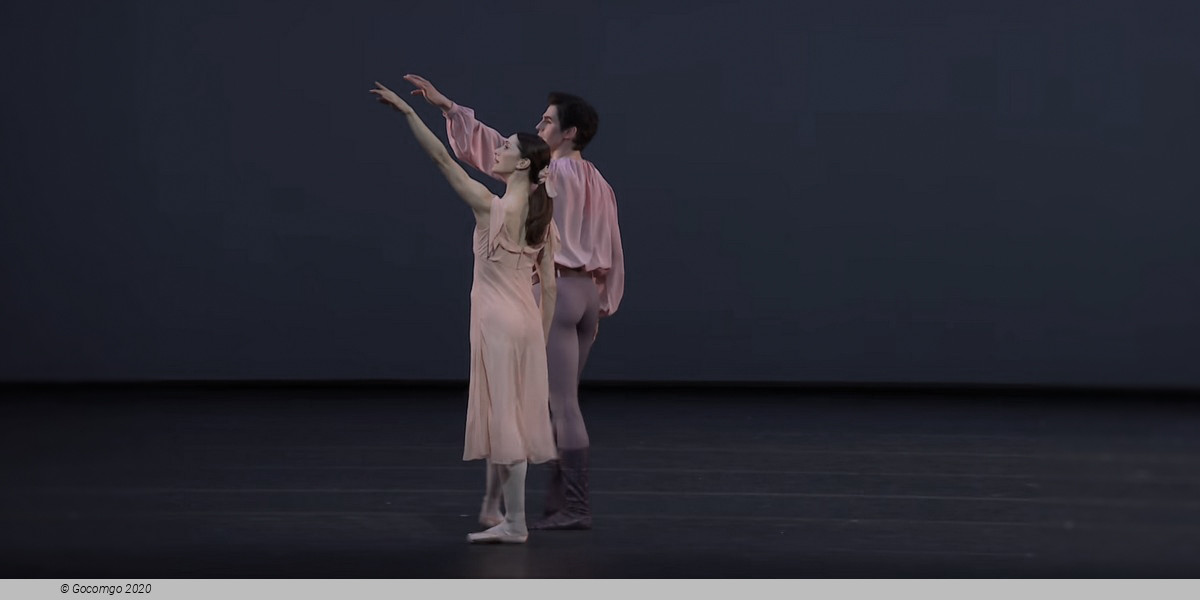
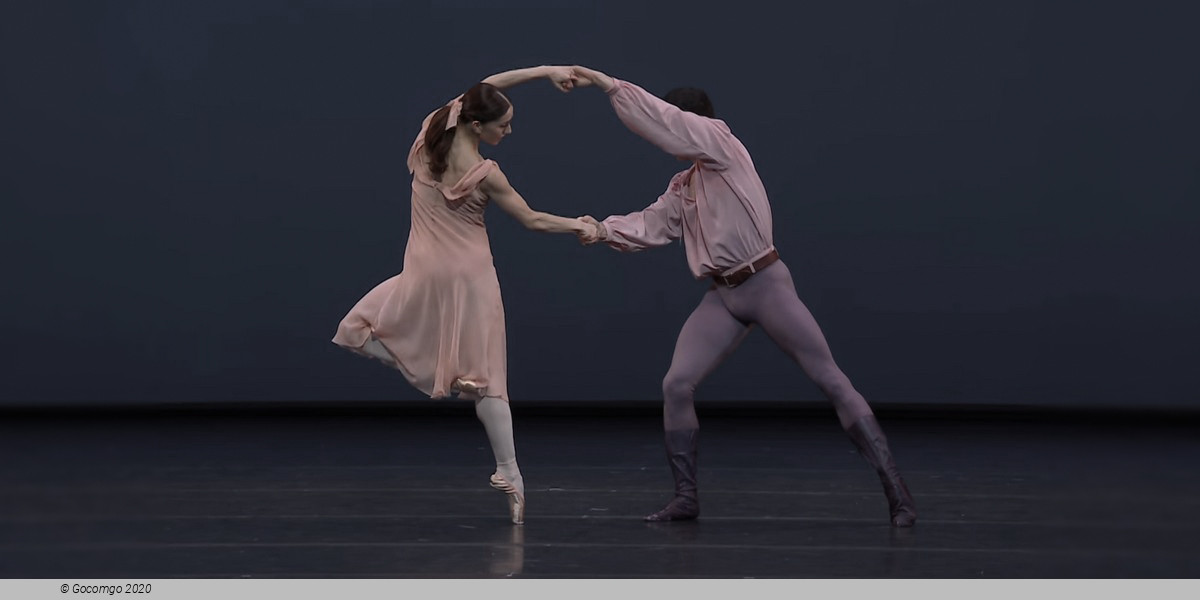
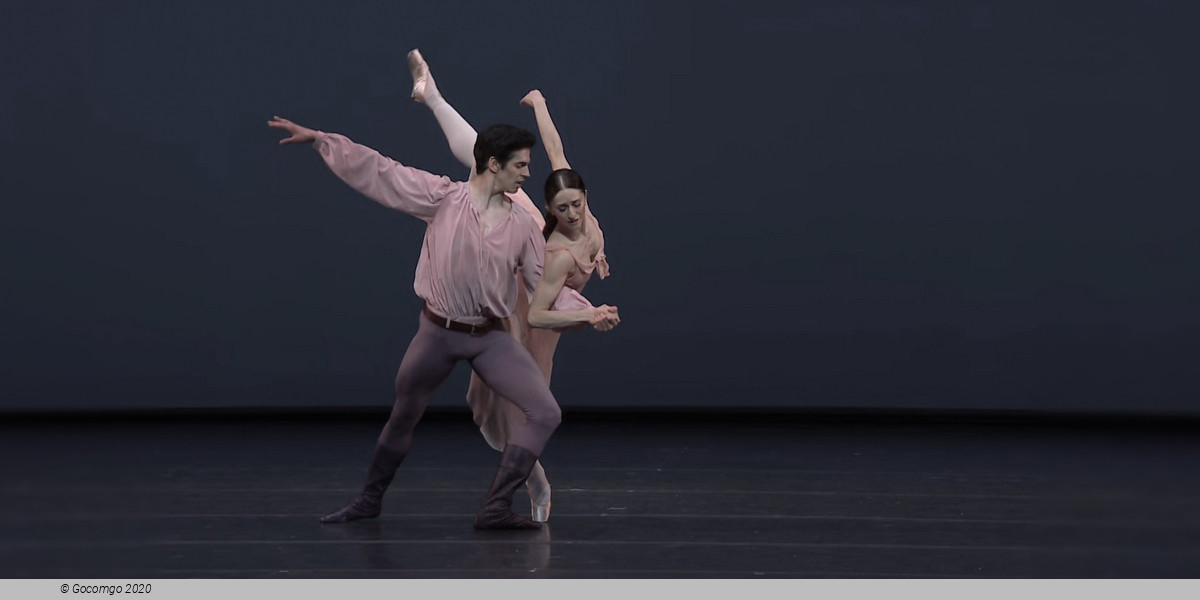
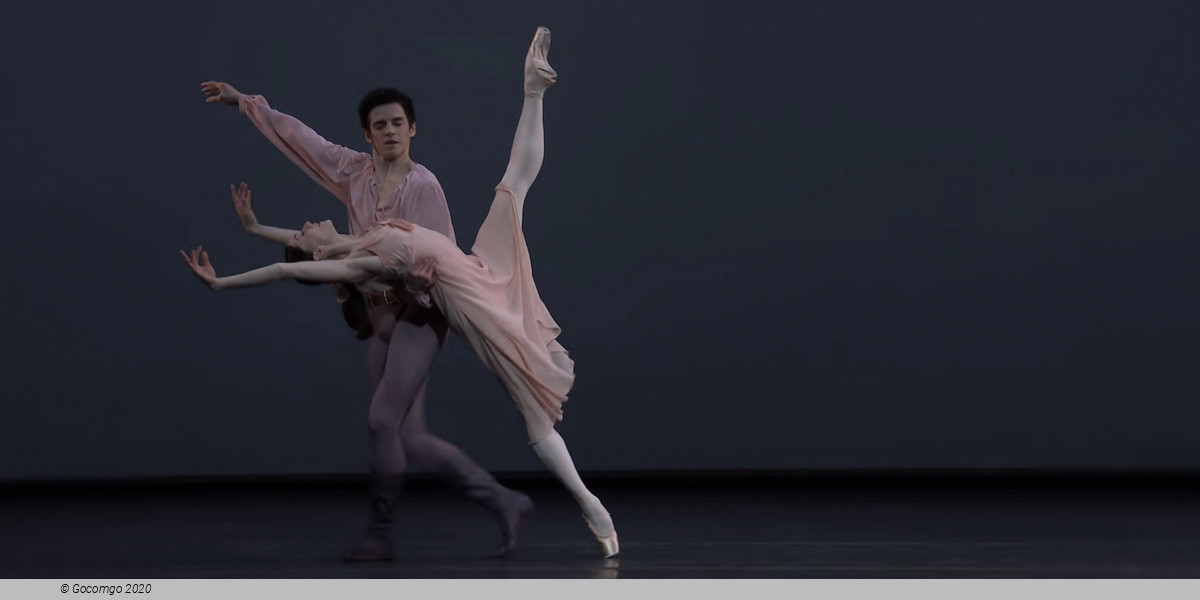
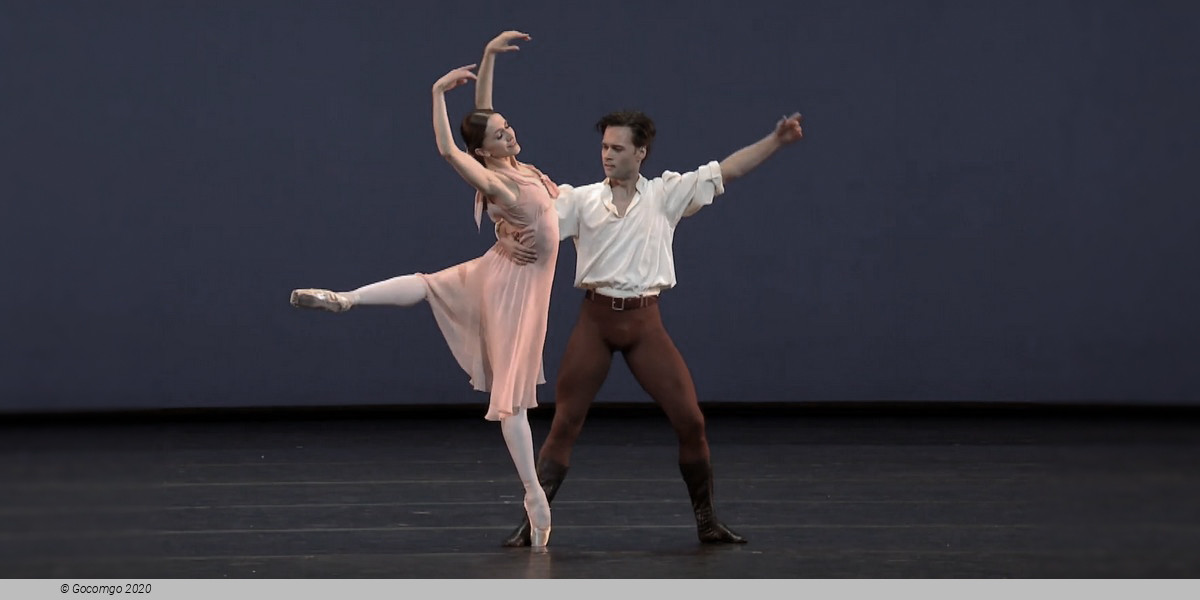
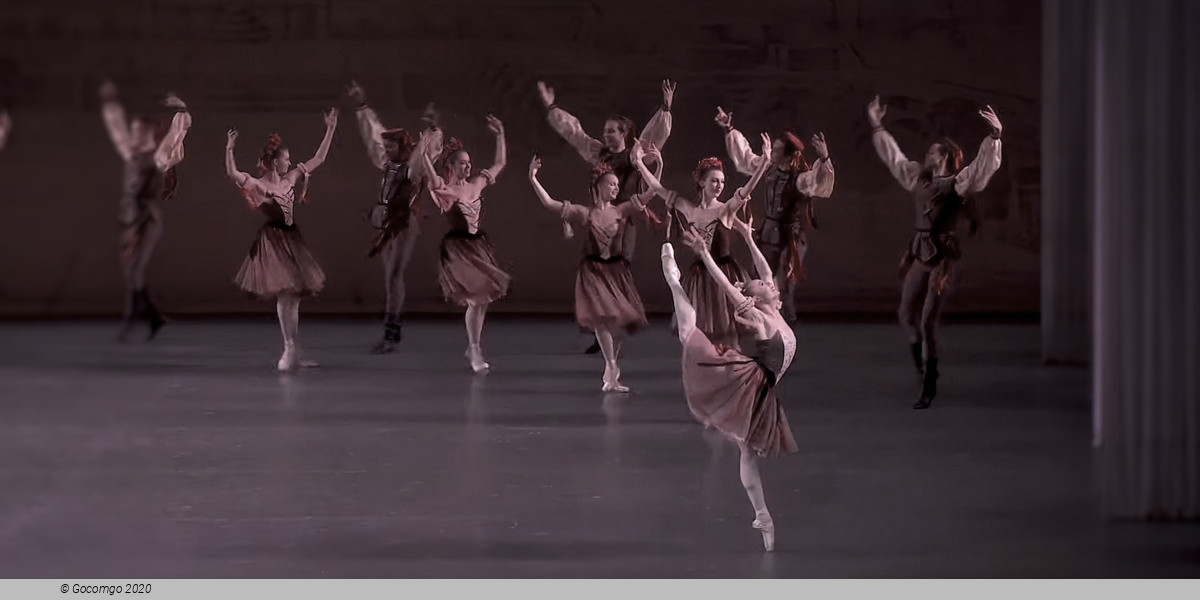
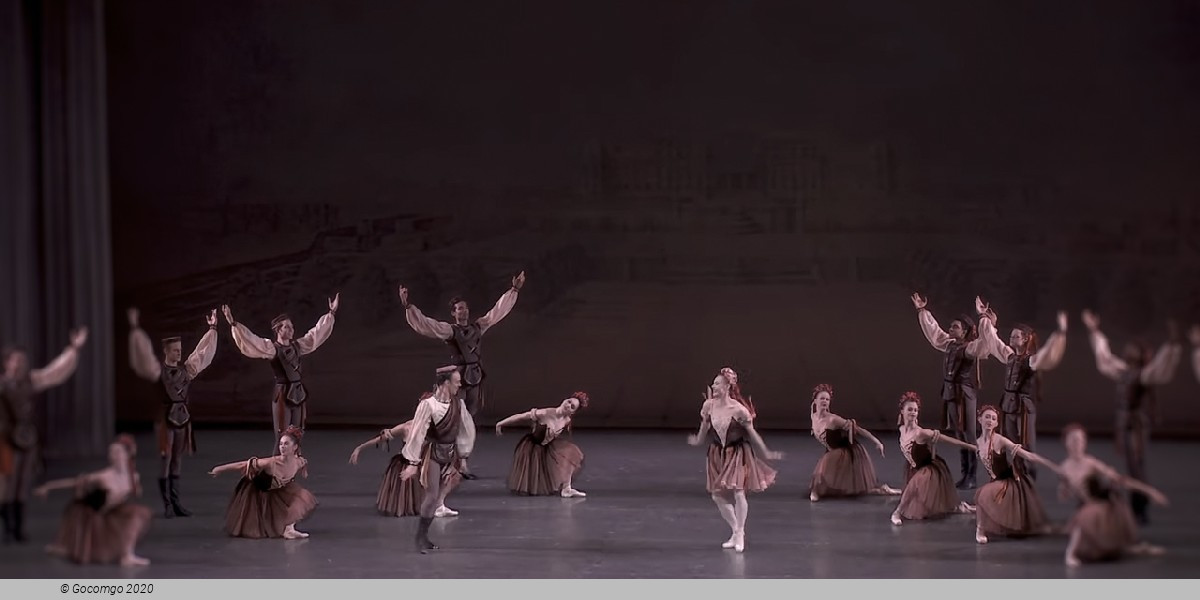
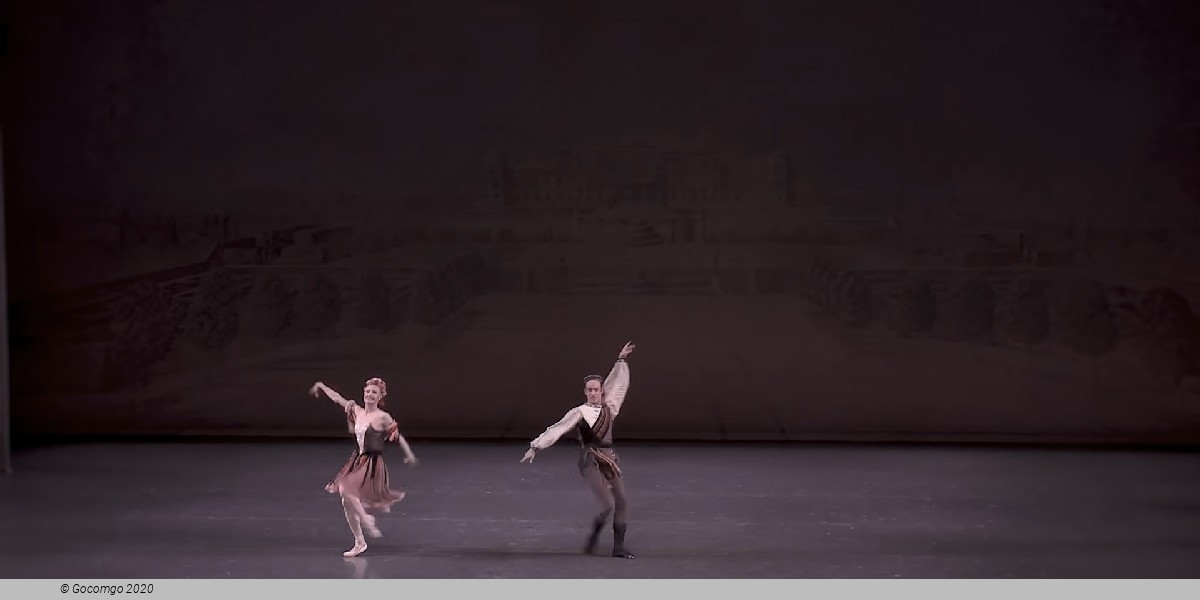
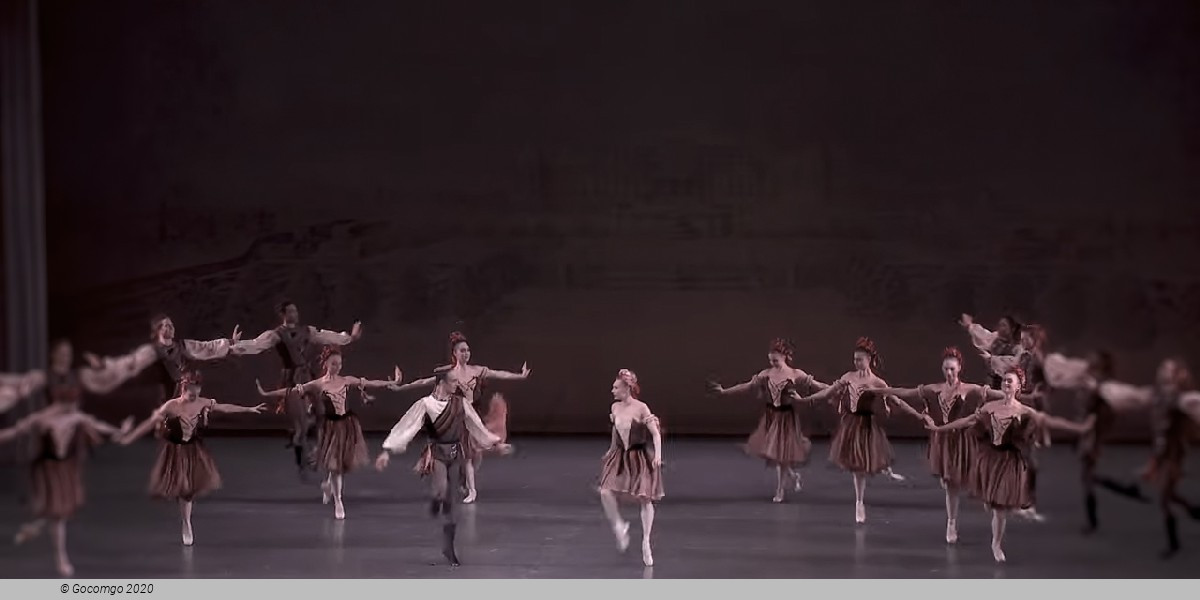
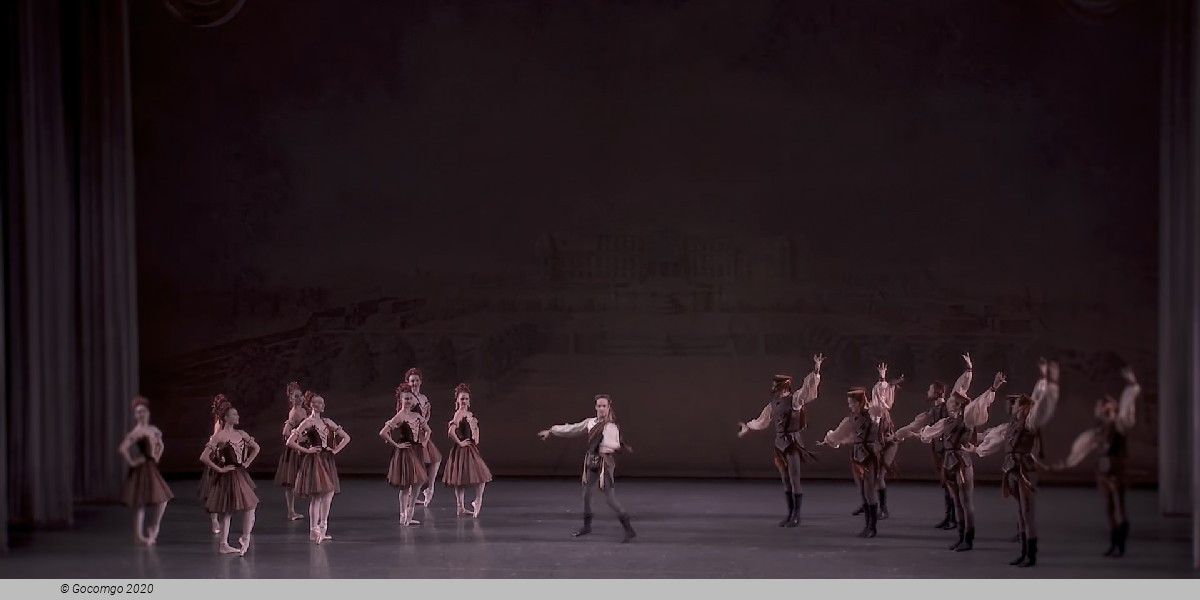
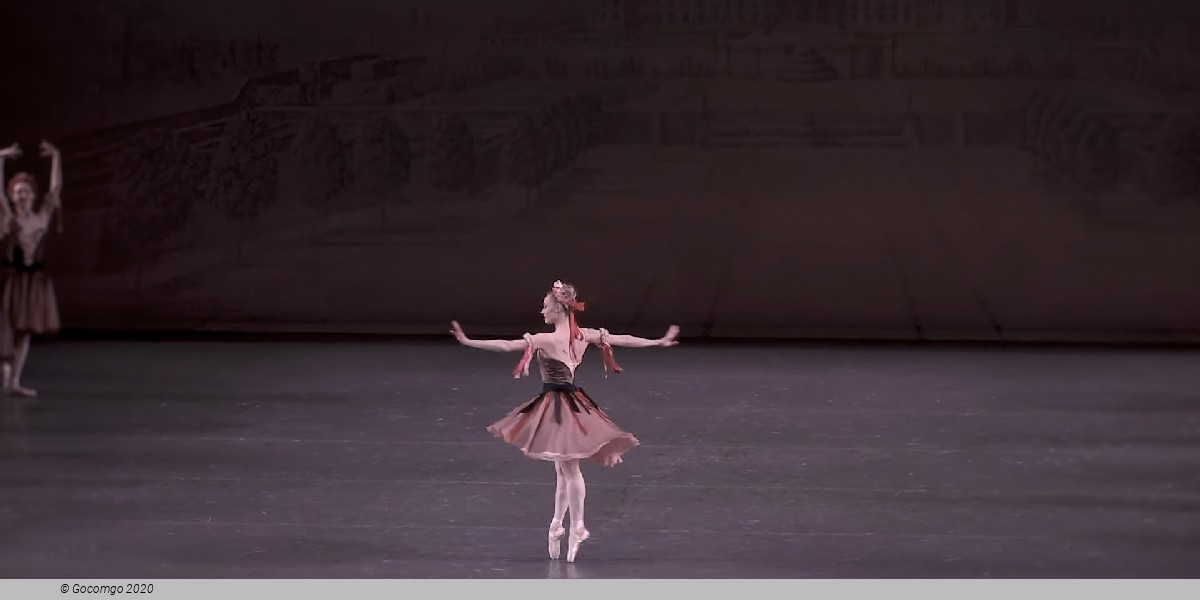
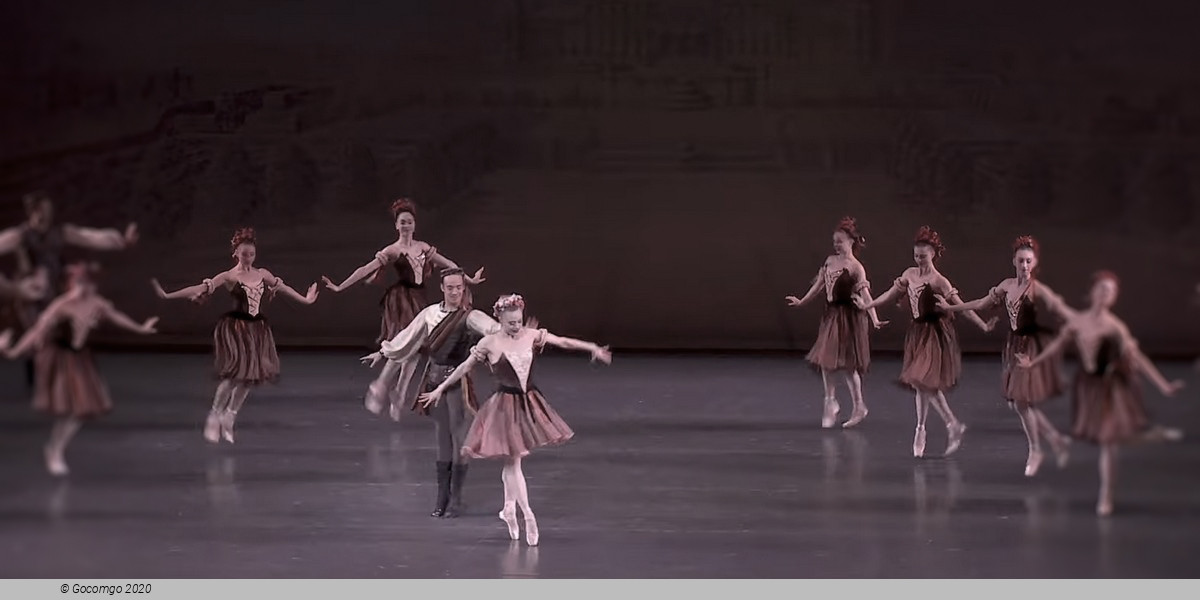
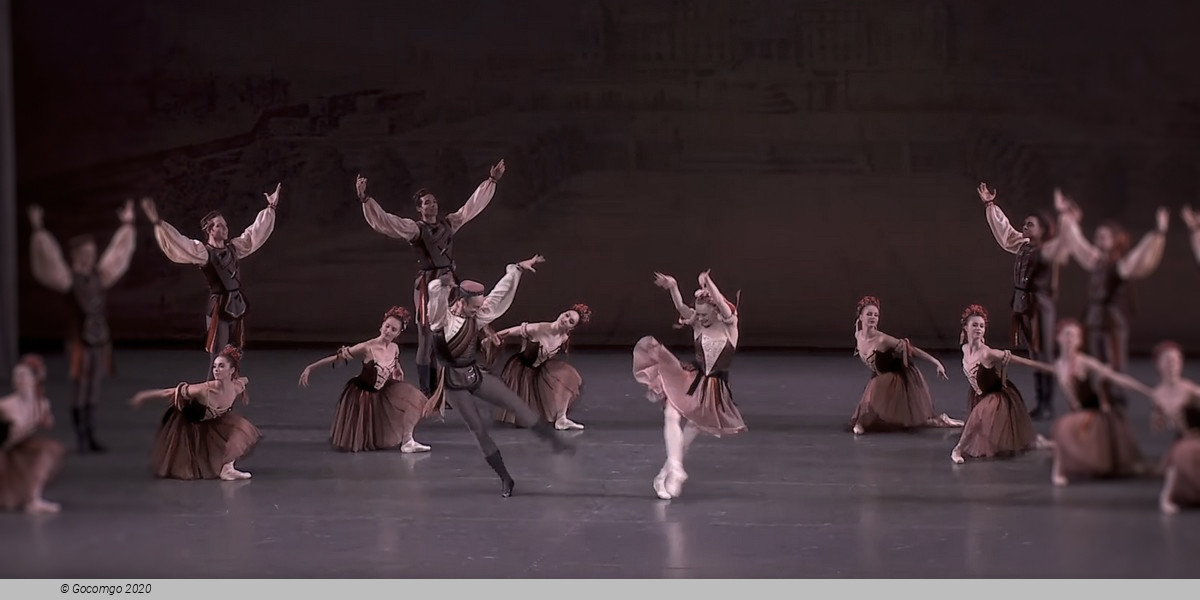
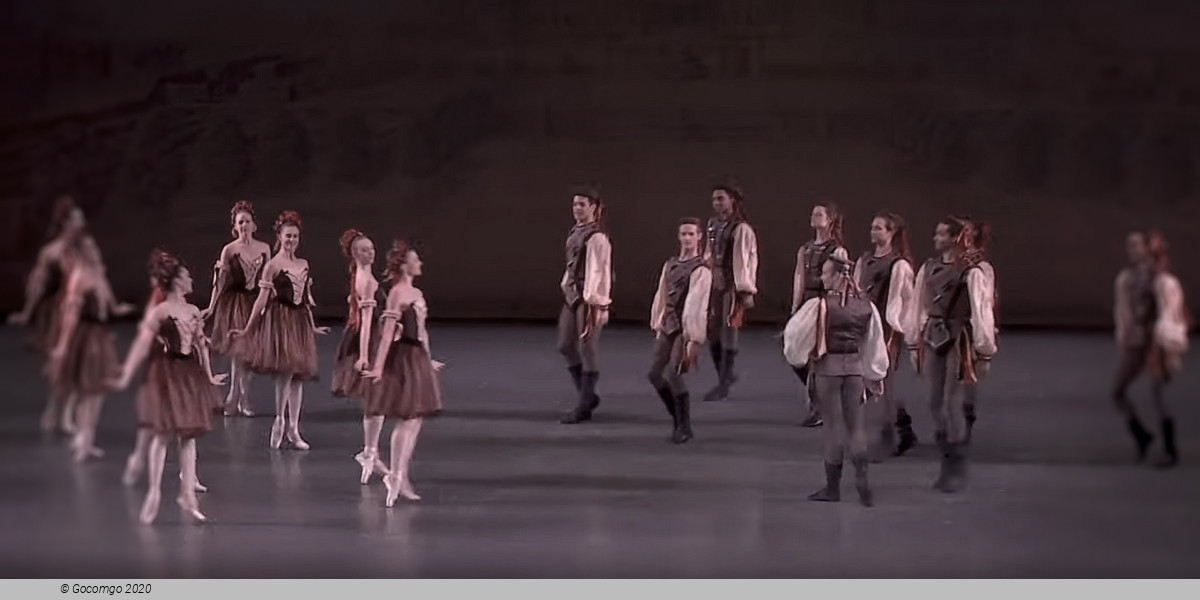
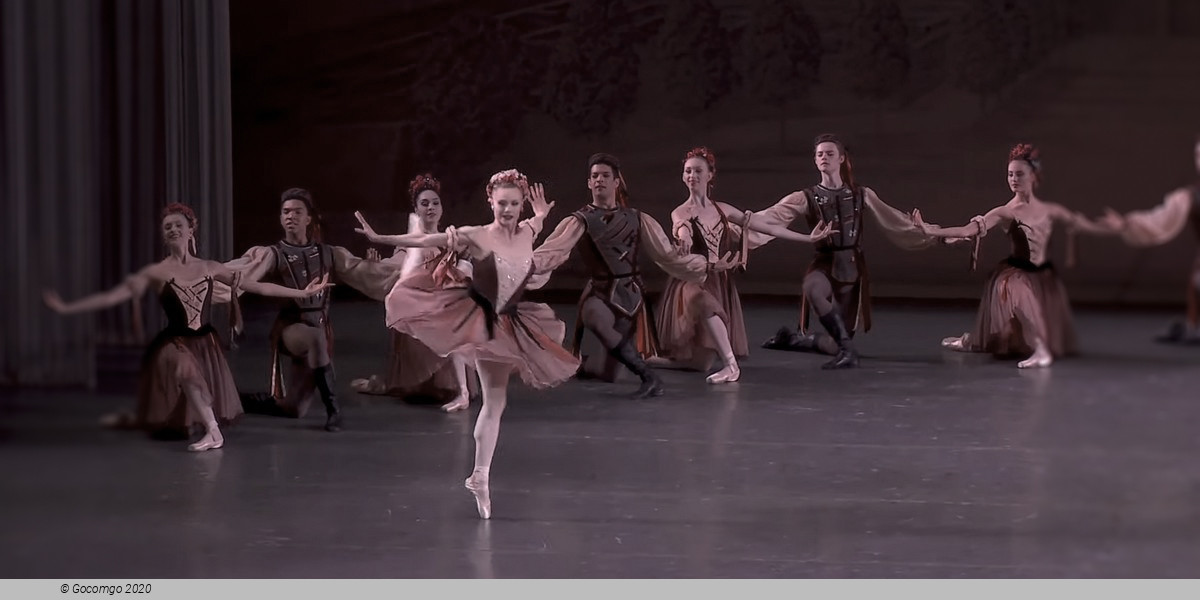
 20 Lincoln Center Plaza
20 Lincoln Center Plaza